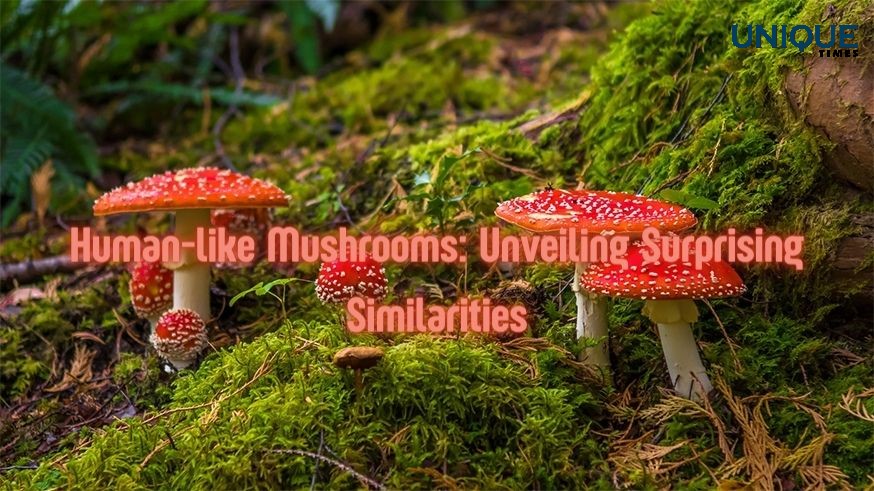Decoding the Fascinating Similarities Between Mushrooms and Humans

Mushrooms, often classified as vegetables, possess a unique biological composition that distinguishes them from conventional plants. Surprisingly, recent research has shed light on the striking similarities between mushrooms and humans at a genetic and physiological level. In this blog, we embark on a journey of discovery to unravel the intriguing parallels that underscore the close relationship between mushrooms and humans.
Biological Classification
Contrary to popular belief, mushrooms belong to the kingdom Fungi rather than the Plantae kingdom. This classification places them in the same biological kingdom as molds, yeasts, and mildews, highlighting their distinct genetic makeup and evolutionary trajectory that differ significantly from that of plants.
Shared Genetic Similarities
Genomic studies have revealed surprising genetic parallels between mushrooms and humans. Both organisms share similar genes that are responsible for essential biological functions, including those associated with the immune system, DNA repair mechanisms, and the synthesis of essential proteins. This genetic resemblance underscores the intricate evolutionary connections between these seemingly disparate life forms.
Presence of Chitin
Mushrooms, like humans, possess chitin, a structural polysaccharide that forms the basis of their cell walls. Chitin is also a key component in the exoskeletons of insects and other arthropods. This shared biological feature underscores the fundamental role of chitin in providing structural support and protection in diverse organisms, highlighting the interwoven complexities of the natural world.
Nutritional Similarities
Mushrooms boast a nutritional profile that closely resembles certain aspects of the human diet. They are rich in various essential nutrients, including proteins, vitamins, and minerals, making them a valuable dietary source for individuals seeking to incorporate nutrient-dense, plant-based foods into their meals. This nutritional overlap underscores the versatility of mushrooms in contributing to a well-rounded and balanced diet.
Role in Environmental Ecosystems
Similar to humans, mushrooms play a vital role in the balance and sustainability of environmental ecosystems. They serve as decomposers, breaking down organic matter and recycling nutrients back into the soil. This crucial ecological function highlights the interconnectedness between different forms of life and emphasizes the significance of maintaining a harmonious balance within the natural world.
Conclusion
Exploring the intricate similarities between mushrooms and humans unveils a captivating narrative of shared genetic features, biological functions, and ecological significance. While mushrooms may be commonly perceived as mere culinary ingredients, their underlying resemblance to humans highlights the profound interconnectedness of all living organisms, underscoring the intricate tapestry of life and evolution.
Picture Courtesy: Google/images are subject to copyright








